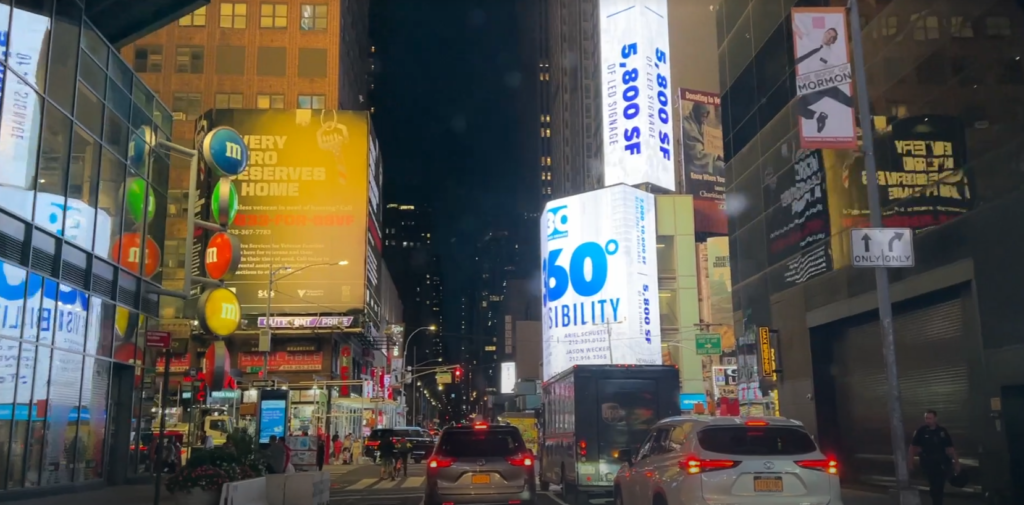
As New York City gears up to introduce the United States’ first congestion pricing program, the Metropolitan Transportation Authority (MTA) is likely to set a $15 toll for vehicles entering the busiest parts of Manhattan. This initiative represents a significant move to combat traffic congestion, improve air quality, and bolster public transportation funding.
Understanding the Need for Congestion Pricing
New York’s chronic traffic issues necessitate innovative solutions. Congestion pricing, a strategy already effective in cities like London, aims to alleviate traffic woes and environmental concerns in the city’s most congested areas.
Congestion Pricing Plan: An Overview
The plan, as detailed in reports by Gothamist and The New York Times, proposes:
- A $15 toll for passenger vehicles during peak hours (5 a.m. to 9 p.m.).
- A reduced $3.75 toll for overnight hours.
- Higher tolls for trucks, varying between $24 and $36.
- Additional fees for taxis and ride-sharing services.
- Toll credits for drivers using certain entry tunnels.
This program is projected to generate around $1 billion annually, dedicated to upgrading the city’s transit infrastructure.
Impact on Traffic and Environment
The congestion pricing is expected to reduce vehicle traffic, encouraging public transport use and thus cutting down carbon emissions – a step forward in New York City’s commitment to environmental sustainability.
Addressing Economic and Social Issues
The pricing structure includes measures to ensure social equity, offering discounts for low-income drivers and tax credits for eligible residents living within the congestion zone.
Facing Challenges and Criticism
The proposal has been met with some criticism, focusing on its potential impact on specific demographics and the MTA’s capability to effectively use the generated funds. Legal challenges also pose potential hurdles.
Future Implications
Despite controversies, the initiative is seen as a pioneering move in urban transportation policy. Advocates like Danny Pearlstein from Riders Alliance emphasize its potential benefits for transit systems and environmental health.
Conclusion
New York City’s foray into congestion pricing with a proposed $15 toll is a significant step in urban transportation reform. It demonstrates a proactive approach to traffic management, public transit improvement, and environmental stewardship, potentially setting a model for other cities to follow.





 Who We Are
Who We Are Coverage Area
Coverage Area Donate
Donate